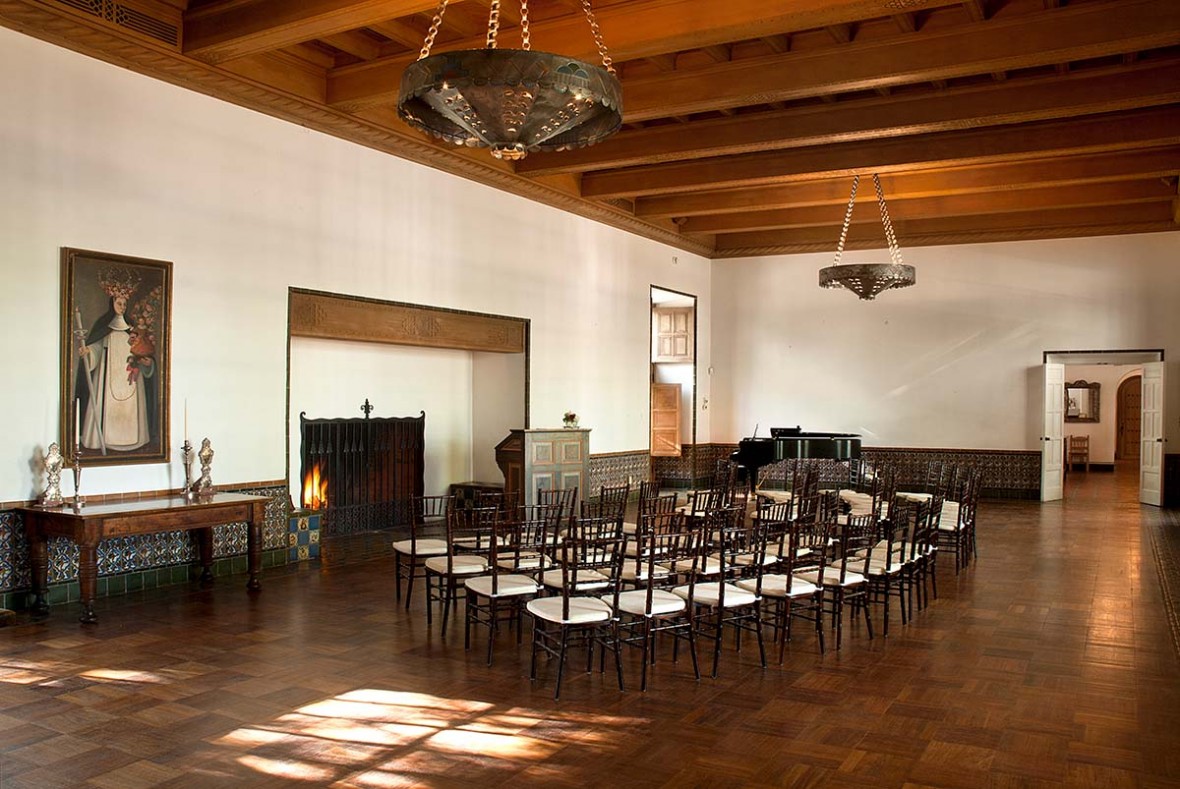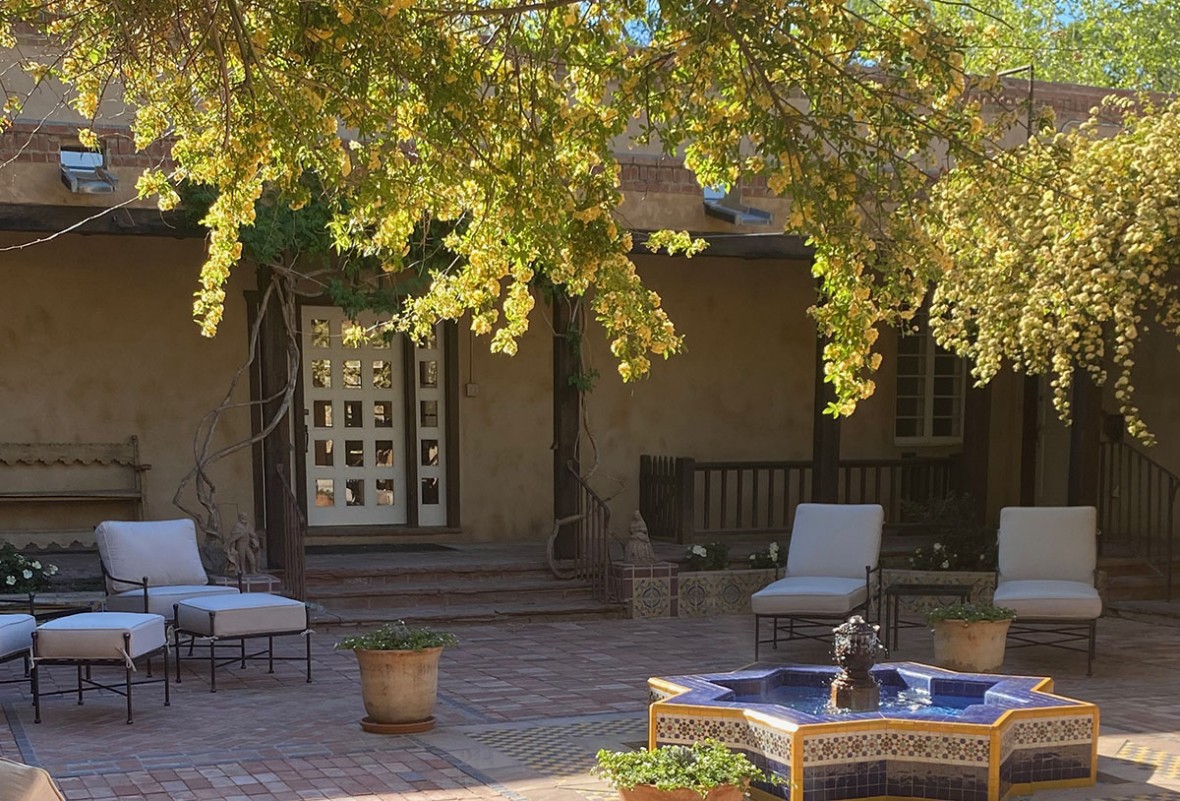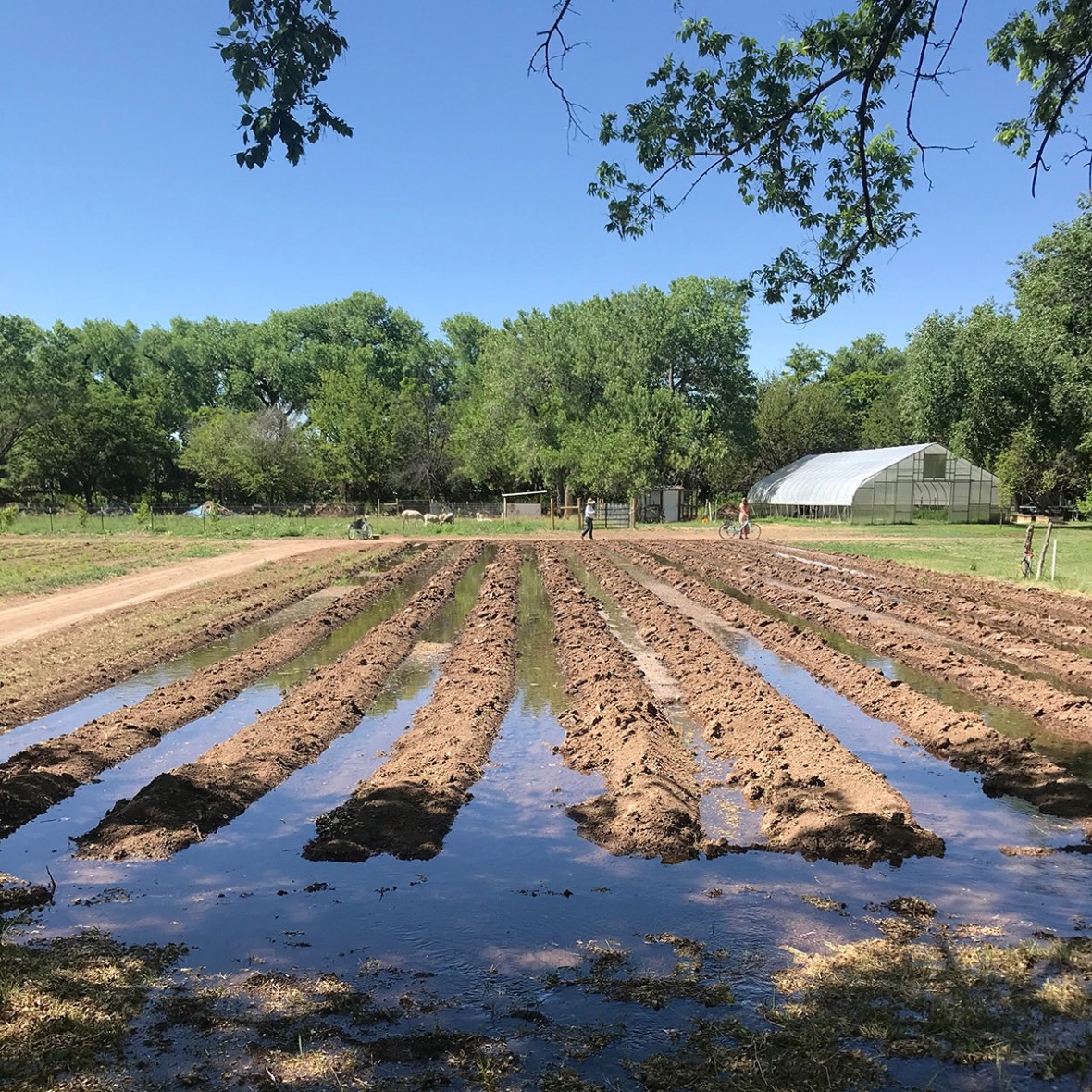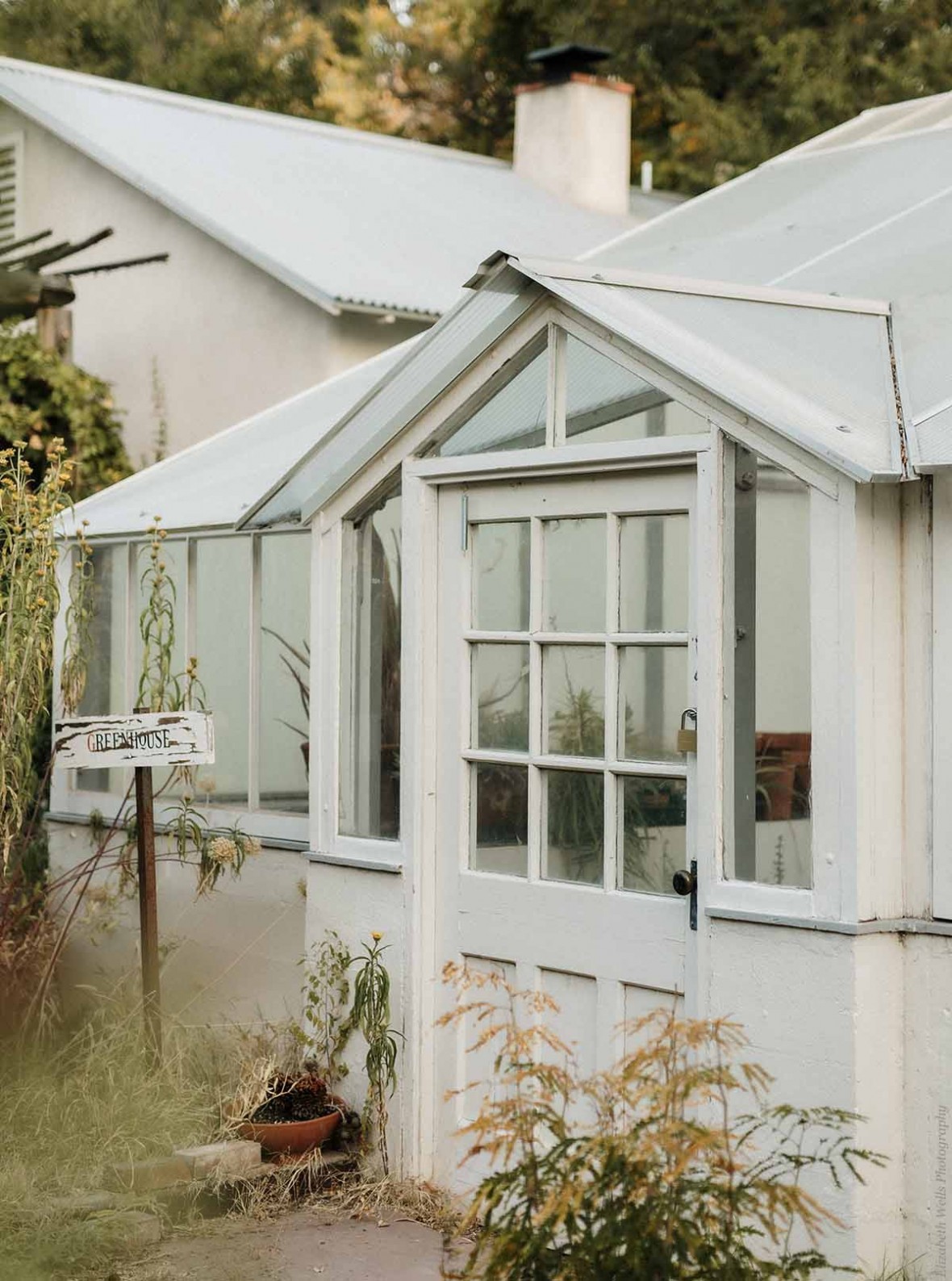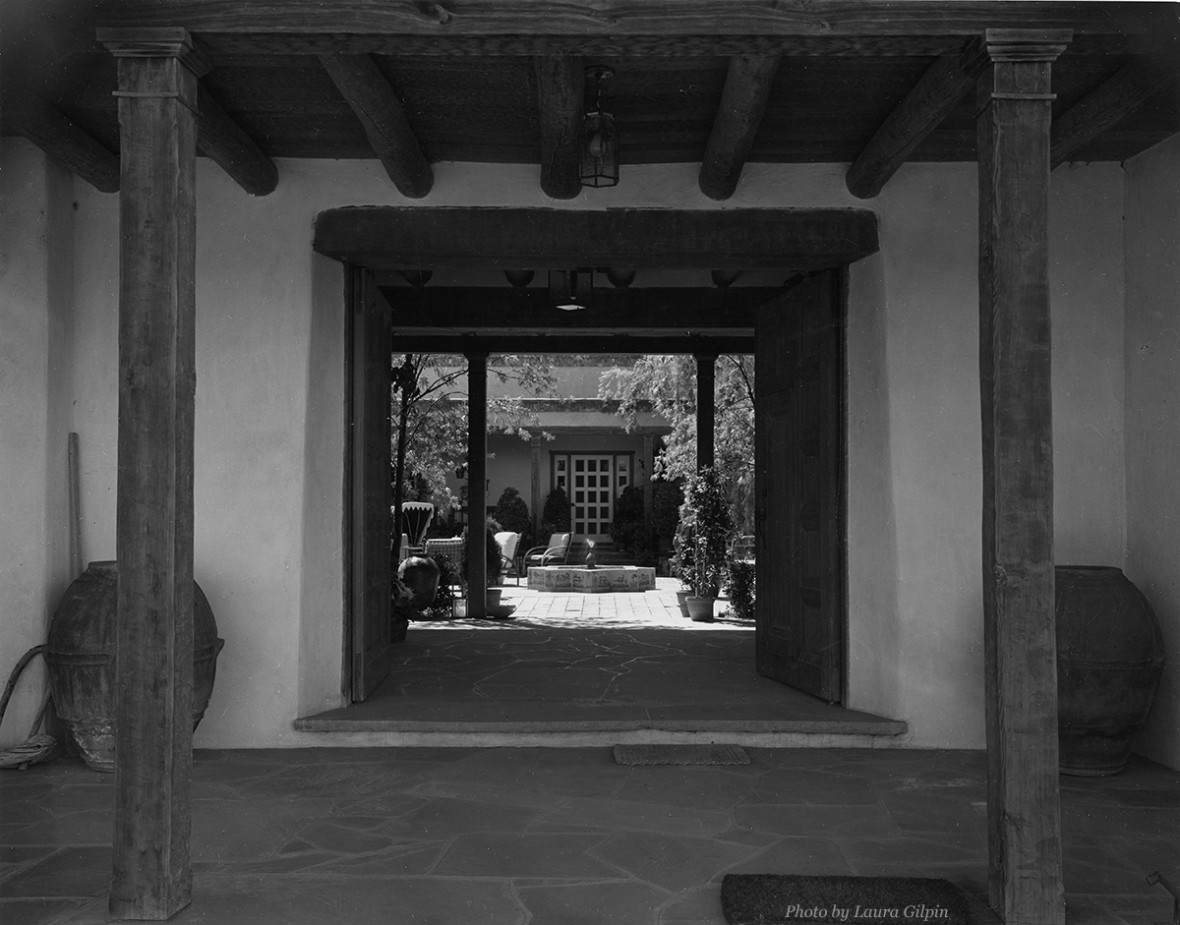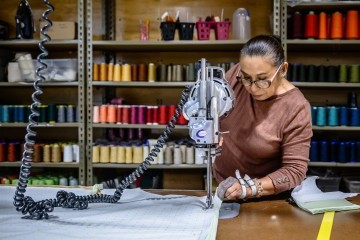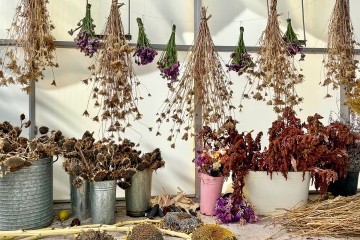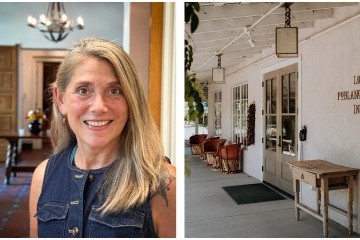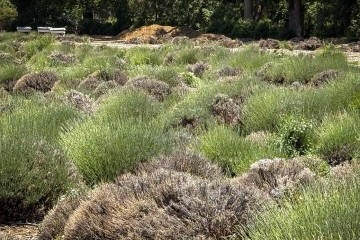History & Preservation
Introducing the Dr. Armin Rembe Lecture Series
We are thrilled to introduce the Dr. Armin Rembe Lecture Series at La Quinta, occurring monthly beginning on October 20. Named in honor of Dr. Rembe, who passed away this spring, and inspired by his love of Los Poblanos, his curiosity, intelligence and community relations, this series aims to celebrate his legacy by promoting stimulating conversations rooted in the core values and mission of Los Poblanos. The lecture series is also a nod to the rich history of La Quinta Cultural Center of the 1930s and 1940s, when the Simms family held lectures and events that promoted the arts.
An Intimate Space Rich With History
Nestled in an original, historic home designed by the father of Santa Fe style, John Gaw Meem, the Hacienda Spa is an intimate space that encourages a sensory spa experience. From the punched tin chandeliers and massive vigas of the lobby to the glistening fountain tiles of the courtyard, special details can be discovered around every corner.
Announcing the Hacienda Spa
Hacienda Spa at Los Poblanos
We are thrilled to announce the opening of our Hacienda Spa on July 1. Inspired by a tile design by John Gaw Meem that reads Dedicada a La Vida Generosa, we are overjoyed to further enrich our unique brand of well-being, the "Generous Life." Surrounded by astonishing natural beauty, our guests have craved spa experiences on our property for years. The Hacienda Spa offers a new way for visitors and locals alike to relax and connect with well-being at Los Poblanos.
What’s Happening this Season on the Farm
As summer arrives, all the previous season's preparations culminate in a flurry of activity across the property. From preparing the fields and turning in cover crops to laying out rows in the fields for planting and laying drip tape for effective watering, our dedicated farmers have been preparing for the arrival of our favorite season. There's no doubt our beloved lavender fields get most of the attention as the plants begin to flower, but the farm is busy tending to even more than lavender. We're excited to share what else is going on during this special time of year.
In Memory of Dr. Armin Rembe
Dr. Armin Rembe - Doctor, Collector, Farmer, Preservationist, Master Beekeeper and beloved patriarch of the Rembe family, died peacefully at age 86 on Sunday, April 25, surrounded by his loving family at their home, the historic Los Poblanos Ranch.
What Regenerative Farming Means at Los Poblanos
Here at Los Poblanos, we are proud to practice regenerative agriculture. Not only do we grow crops without chemicals, we also take action to give back to the land so that we leave the earth better than we found it. Our dedicated farm team works hard to incorporate five healthy soil principles in our daily practices, aiming to set in motion a cycle of healthier soil, healthier plants, healthier people and healthier ecosystems.
Garden Season at Los Poblanos
As we transition from celebrating Women's History Month to Garden Season, there are two remarkable women - from past and present - who perfectly represent the overlap between these two themes.
Continuing our Celebration of the Women of Los Poblanos
We continue looking around the property to celebrate more of the talented, dedicated women here at Los Poblanos. If you've stayed with us, there's no doubt you've engaged with this wonderful team, from a warm welcome at check in to a crisply made bed.
Los Poblanos Celebrates Women of the Farm
Today, we continue looking around the property to celebrate more of the talented, dedicated women here at Los Poblanos. Our farm team is fortunate to have several amazing women in key roles to help create a functional and beautiful environment that's enjoyed by our staff and guests alike.
Women’s History Month at Los Poblanos
Over the past 100 years, a series of remarkable women have left an indelible mark on our historic property. This Women's History Month, join us in celebrating the incredible women who have shaped Los Poblanos into what it is today. All month long, we'll be showcasing their work and impact through storytelling and guided property tours. In the Farm Shop, you can find several books about or written by many important women of Los Poblanos, as well as incredible work by many talented women artisans.

